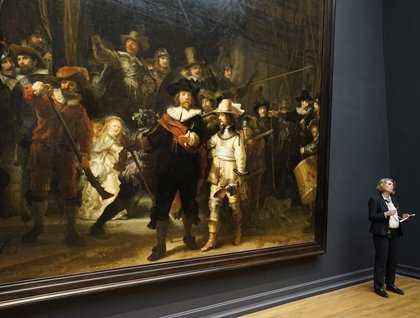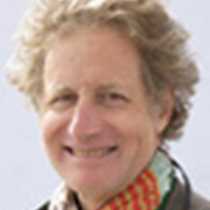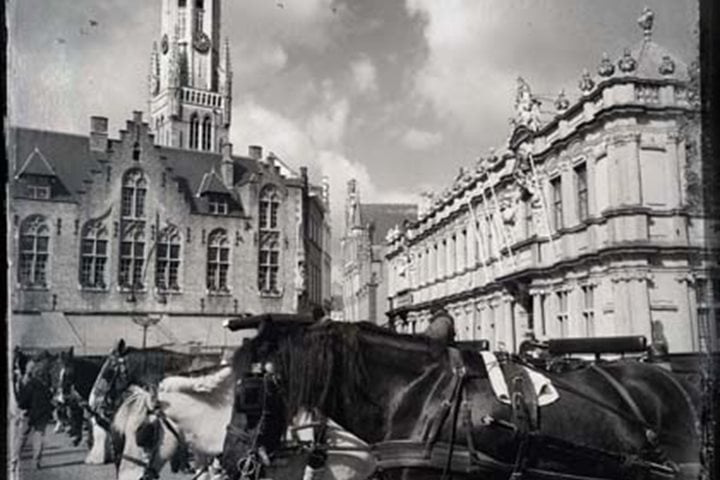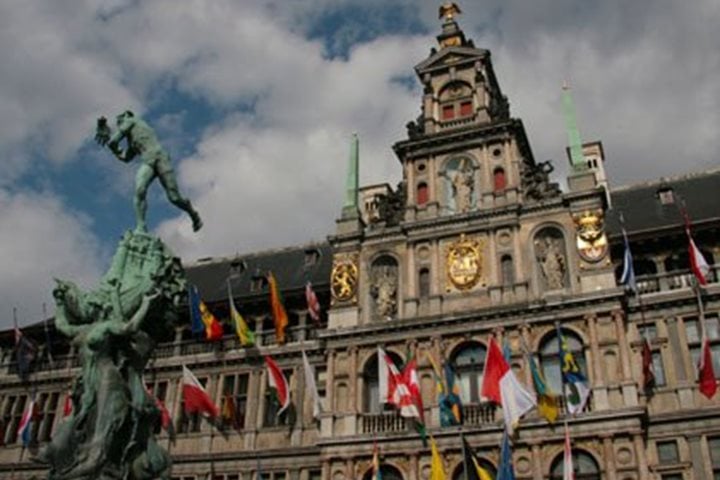Driving into Amsterdam is a bit different from sailing into it, of course, but the drive down from Den Helder offered some good views of more flower fields, and even more green polderland, including that of the 17th century reclamations of the Beemster, Purmer, and Wormer polders. A quick route from the Amsterdam circular highway through the country’s longest tunnel put us right in front of the Passenger Terminal on the Amsterdam harbour, referred to by the Amsterdammers as the ‘IJ’.
Amsterdam is not a particularly big city at 800,000-plus inhabitants, but if you were to take a bird’s eye view of the country as a whole, you would see it’s part of a larger urbanised area, comprising the cities of Haarlem, Leiden, The Hague, Delft, Rotterdam, Dordrecht. This ‘Randstad’ (‘Ring City’) is home to about 6 million people, making it one of the most densely populated areas in Europe.
What strikes you immediately about Amsterdam is the fact that there’s water everywhere. It really is a kind of ‘Venice of the North’. As we’d seen before on Texel and around Den Helder, building in the Netherlands requires first and foremost making a plan to deal with water. As we boarded the canal boats and set off to cruise through the 17th-century city centre, we saw just how closely the organisation of city life is connected to its waterways. For centuries, transport of virtually everything was over water—having a horse and carriage was a luxury, and a bit of a folly, since there was no room to manoeuvre and no good roads outside the city. The same is true for present day traffic: you don’t drive a car through the city unless you absolutely have to. The bicycle is by far the easiest, fastest, and cleverest way of getting about.
The canal tour took us from the harbour to the Amstel river, which gave the city its name, and then on into the Herengracht, the ‘Gentlemen’s Canal,’ the most luxurious of the three canals. The Herengracht is lined with large city mansions, built for a very affluent and very confident new type of citizen, whose status was based on money, and business acumen, rather than on inherited titles. The houses usually have a modest appearance—no great sculpture or lavish balconies on the facades—but that belies the very grand interiors. Many of these houses have elaborate marble sculptures, stucco ceilings, painted wallpapers, and (very important) large gardens.
Turning onto Brouwersgracht and then going down Prinsengracht, the architecture changes. These were working areas, home to large rows of warehouses and homes to the working classes that kept all that glamour going.
Arriving at the Rijksmuseum we gained a first-hand impression of just how popular this museum has become since its reopening in 2013. We arrived on a Sunday, during the May holidays and as the Rijksmuseum was hosting a once in a lifetime exhibition of Rembrandt’s late paintings, there were unusually long queues. Once inside, the full power of Dutch 17th-century art became apparent. The Late Rembrandt show presents Rembrandt in the last phase of his career, and investigates how his views on life and art changed by the changes in his fortune and personal life. A particularly striking canvas was the ‘Conspiracy of Claudius Civilis,’ normally in the National Museum of Stockholm—a number of mysterious characters gathered with raised swords, swearing a solemn oath around a table that lights up magically.
We had lunch in a marvellous and quaint restaurant, De Vijff Vliegen (‘The Five Flies’) on Spuistraat, in the very heart of the city. The peculiar name of the place is derived from the name of one Fije Vliegen, who owned some property here in the early 17th century, and gave his name to the alley that runs along the restaurant. Five historic buildings (one from 1627) together make up this restaurant.
After that, I joined a large group to visit the Van Gogh Museum—again a very popular place, where we were lucky to be able to bypass the impressive queues. The museum was refurbished, recently, to try and accommodate the vast numbers of visitors. The collection was presented to the Netherlands by Vincent Willem van Gogh, the son of Vincent’s brother Theo; the museum has since acquired many works of Vincent’s contemporaries, which help to show that Van Gogh was part of wider circle of artists, looking for ways to express personal emotions directly onto the canvas, and not just interpret what nature was presenting. It’s always a very moving experience, seeing the works of a difficult and not always happy man, who is trying with all his might to master the craft, so that he can give you sunlight, warmth, hope, love.
This long programme—some of us went to see the Keukenhof Gardens, some included a visit to the Anne Frank House—brought us all together at the historic West Indisch Huis (West-Indies House), the original seat of the West India Company, and therefore the very spot where the settlement of New Amsterdam—New York—was first undertaken. We were met by the great Dutch Antillean (Curaçaoan) singer Izaline Calister, who made clear that there is so much more do ‘Dutch’ culture than cheese and clogs. This is, after all, a multicultural and cosmopolitan culture, home to many wonderful influences.
A grand dinner in the former meeting room of the Company’s board concluded this eventful day—and many were glad to see that National Geographic Explorer had docked safely in the port of IJmuiden, Amsterdam’s exit to the North Sea.










